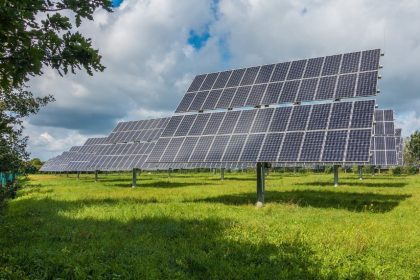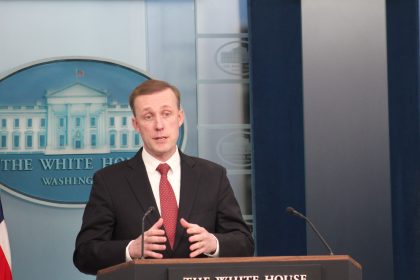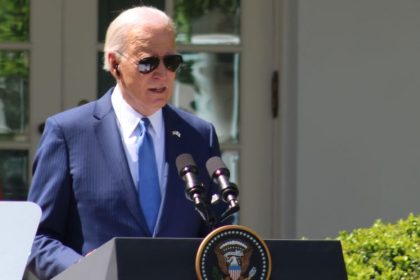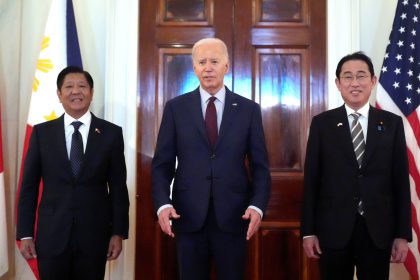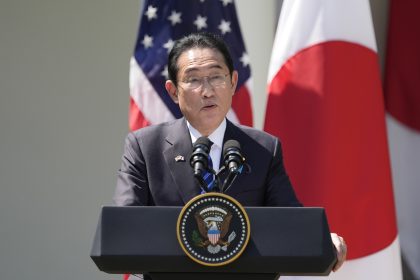Biden Lays Out Clean Transportation Goals
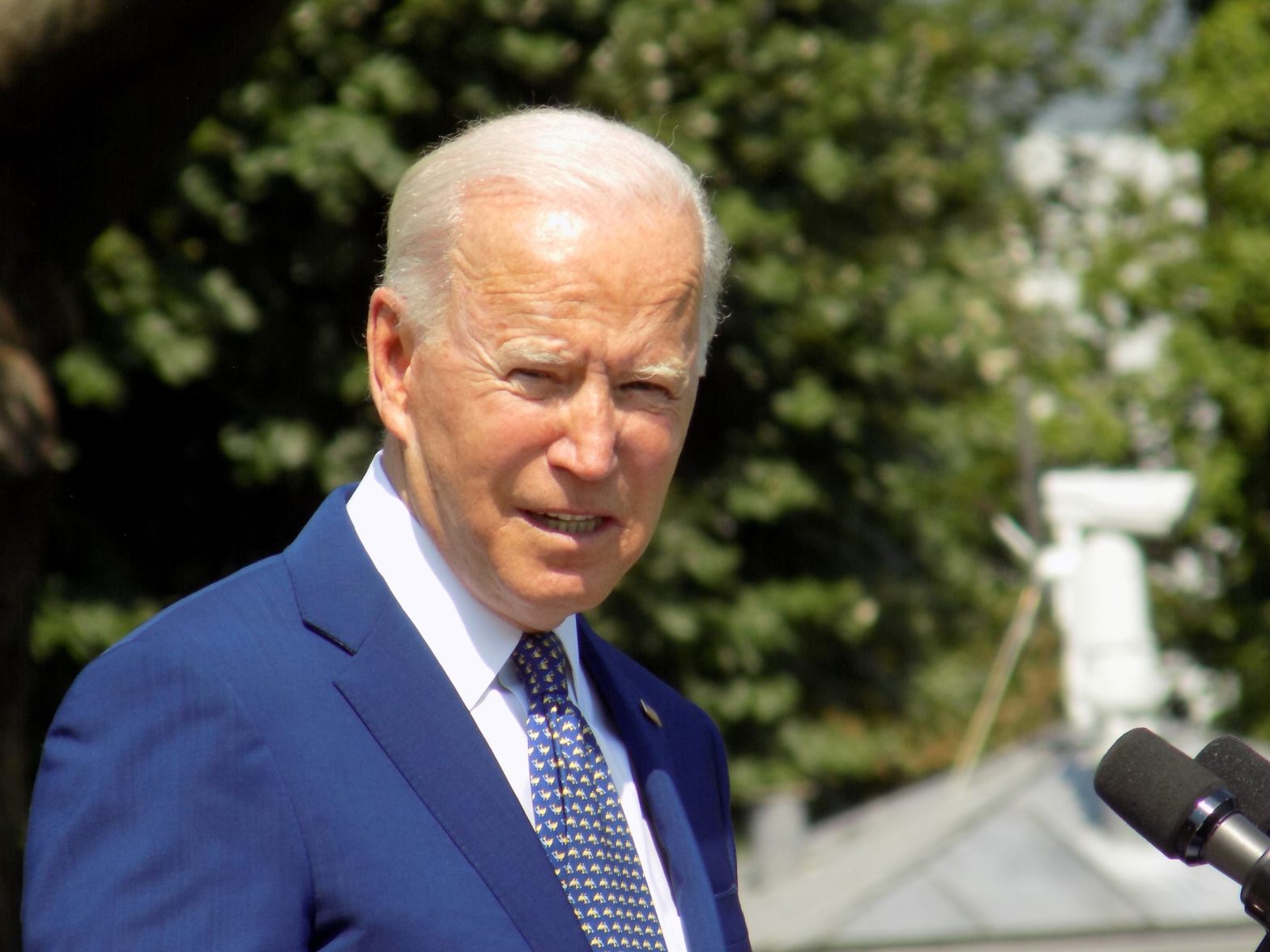
WASHINGTON — President Joe Biden signed an executive order Thursday laying out fuel-efficiency goals that seek to ensure half the cars and trucks sold in the United States by 2030 are zero-emission electric vehicles.
He pledged large federal investments to help automakers build the factories and other infrastructure necessary for large-scale production of electric vehicles.
“They’re electric and there’s no turning back,” Biden said at a White House press conference as he predicted the future of the automobile industry.
He described his non-binding goals as an opportunity to reclaim the electric vehicle market from Chinese competitors while reducing greenhouse gas emissions.
“Right now, China’s winning the race,” Biden said.
China controls about 85% of the capacity to make rechargeable batteries for electric vehicles, the president said.
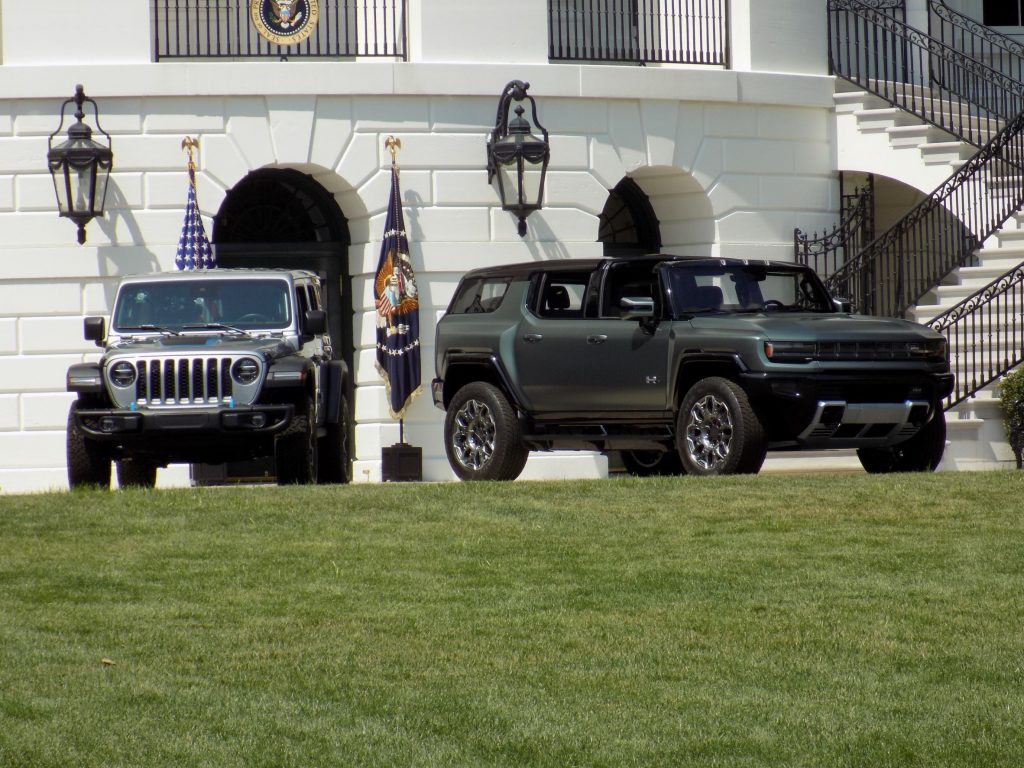
Other parts of his plan would invest heavily in research and development to improve battery technology. It also sets a target of installing 500,000 EV charging stations.
“The bottom line is that we are proposing a blue-collar blueprint to rebuild America,” Biden said.
Biden added he is reversing a Trump administration rollback of vehicle fuel efficiency standards.
His administration is developing new standards the Environmental Protection Agency says would reduce carbon emissions by two billion metric tons.
In an apparent preemptive response to Republican critics, the EPA also says the new standards would save Americans 200 billion gallons of gasoline and $900 over a vehicle lifespan.
EPA officials say their new fuel efficiency and emissions standards would provide about $140 billion in benefits to the U.S. economy.
The president announced his executive order surrounded by officials from General Motors, Ford Motor Co., Stellantis and the United Auto Workers. After he signed the order, he drove around the White House grounds in an all-electric Jeep Wrangler Rubicon
Biden’s announcement fell under immediate criticism from Republicans.
Scott Pruitt, former EPA administrator under the Trump administration, said if the government pushes automakers to build electric vehicles, it will raise the price of cars and trucks. Consumers instead would purchase less expensive, older used cars, he said.
“It’s actually counterproductive,” Pruitt said in a televised interview on FOX Business.
Rep. Nancy Mace, R-S.C., said many of the minerals for the rechargeable batteries would be mined in China or the Belgian Congo, which defeats Biden’s goal of building in the United States.
“We’re doing it completely backwards,” Pace said.
Much of the money for Biden’s fuel efficiency goals would come from the $1 trillion infrastructure bill that won agreement from a bipartisan group of senators on Sunday. A vote in Congress on the bill is expected as soon as this weekend.
Other environmental portions of the bill would invest billions of dollars into making the nation’s electrical grid more efficient, such as through a new generation of nuclear plants and electrical storage equipment. It also would invest in clean nuclear fusion technology, solar and wind energy.
The future for the technologies was discussed Thursday during a hearing of the Senate Energy and Natural Resources Committee as it reviewed projects of the Energy Department’s Office of Science, which operates 10 national laboratories.
“Our committee has become aware of both the need to advance the Office of Science’s programmatic mission as well as address deferred maintenance issues,” said Sen. Joe Manchin, D-W.Va., the committee’s chairman. “We also need to invest in new infrastructure and equipment at the National Labs and elsewhere.”
One project under discussion was development of carbon capture technology, which could trap carbon dioxide pollution in the atmosphere, possibly using it for fuel.
Edward Seidel, the University of Wyoming’s president, suggested that the national labs work more closely with scientists at universities and corporations to develop the technology.
Thomas Zacharia, director of Oak Ridge National Laboratory, said there is technology that could be made practical within five to 10 years that would use nuclear fusion to produce abundant, low-cost electricity. Fusion is a reaction that combines two or more atomic nuclei.
“There’s a lot of work that needs to be done,” Zacharia said.




















